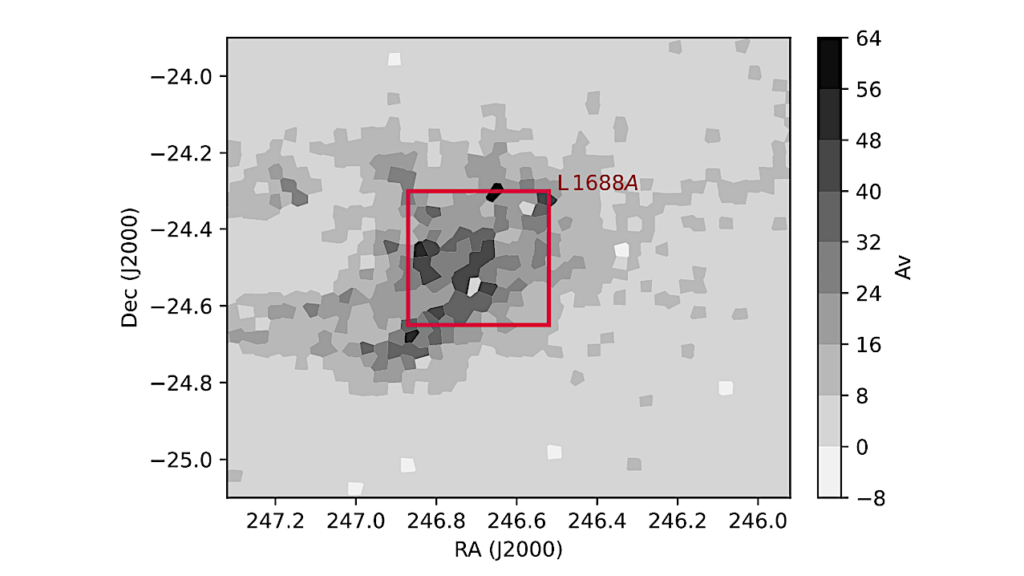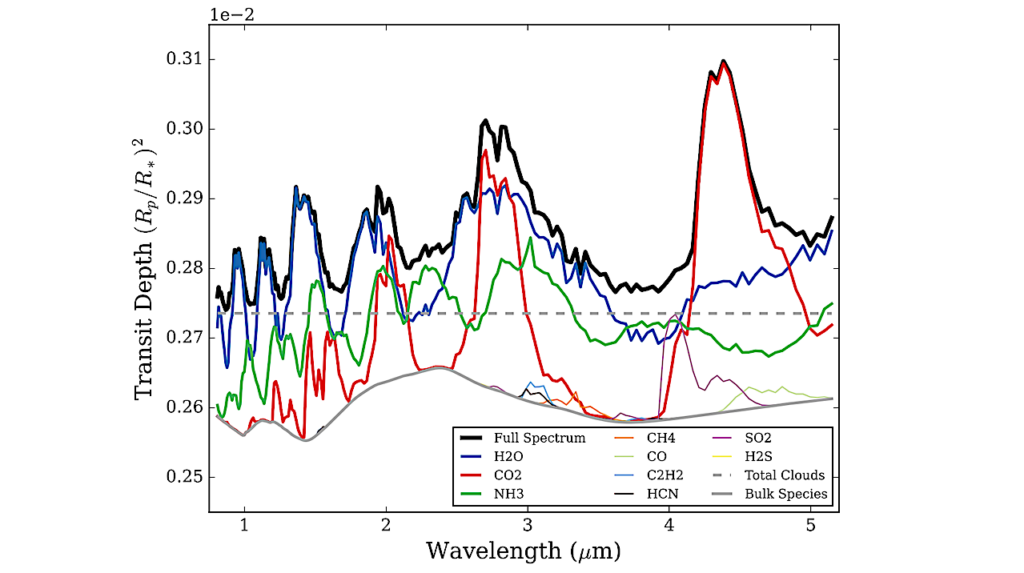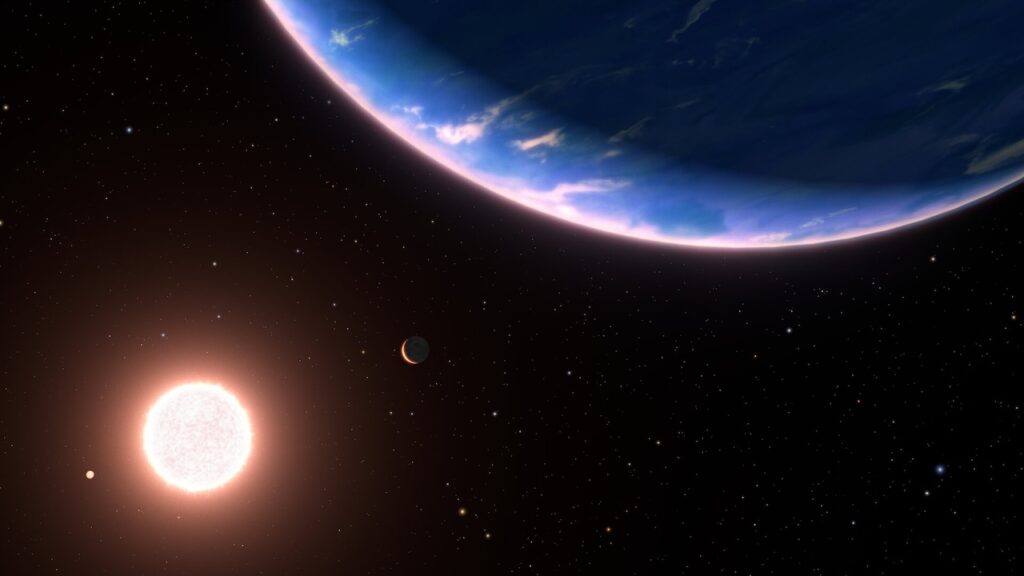The Impact Of Time-dependent Stellar Activity On Exoplanet Atmospheres

M-dwarfs are thought to be hostile environments for exoplanets. Stellar events are very common on such stars. These events might cause the atmospheres of exoplanets to change significantly over time.
It is not only the major stellar flare events that contribute to this disequilibrium, but the smaller flares might also affect the atmospheres in an accumulating manner. In this study, we aim to investigate the effects of time-dependent stellar activity on the atmospheres of known exoplanets.
We simulate the chemistry of GJ876c, GJ581c, and GJ832c that go from H2-dominated to N2-dominated atmospheres using observed stellar spectra from the MUSCLES-collaboration. We make use of the chemical kinetics code VULCAN and implement a flaring routine that stochastically generates synthetic flares based on observed flare statistics. Using the radiative transfer code petitRADTrans we also simulate the evolution of emission and transmission spectra. We investigate the effect of recurring flares for a total of 11 days covering 515 flares.
Results show a significant change in abundance for some relevant species such as H, OH, and CH4, with factors going up to 3 orders of magnitude difference with respect to the preflare abundances. We find a maximum change of ∼12 ppm for CH4 in transmission spectra on GJ876c. These changes in the spectra remain too small to observe. We also find that the change in abundance and spectra of the planets accumulate throughout time, causing permanent changes in the chemistry. We conclude this small but gradual change in chemistry arises due to the recurring flares.
Amy J. Louca, Yamila Miguel, Shang-Min Tsai, Cynthia S. Froning, R. O. Parke Loyd, Kevin France
Comments: Accepted for publication in MNRAS
Subjects: Earth and Planetary Astrophysics (astro-ph.EP); Solar and Stellar Astrophysics (astro-ph.SR)
Cite as: arXiv:2204.10835 [astro-ph.EP] (or arXiv:2204.10835v1 [astro-ph.EP] for this version)
Submission history
From: Amy Louca
[v1] Fri, 22 Apr 2022 17:26:59 UTC (10,887 KB)
https://arxiv.org/abs/2204.10835
Astrobiology








